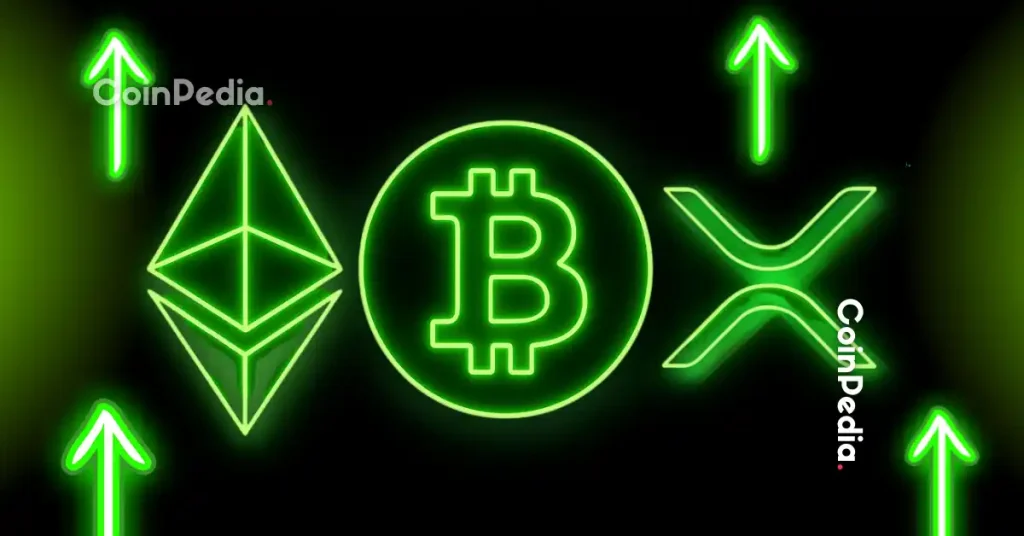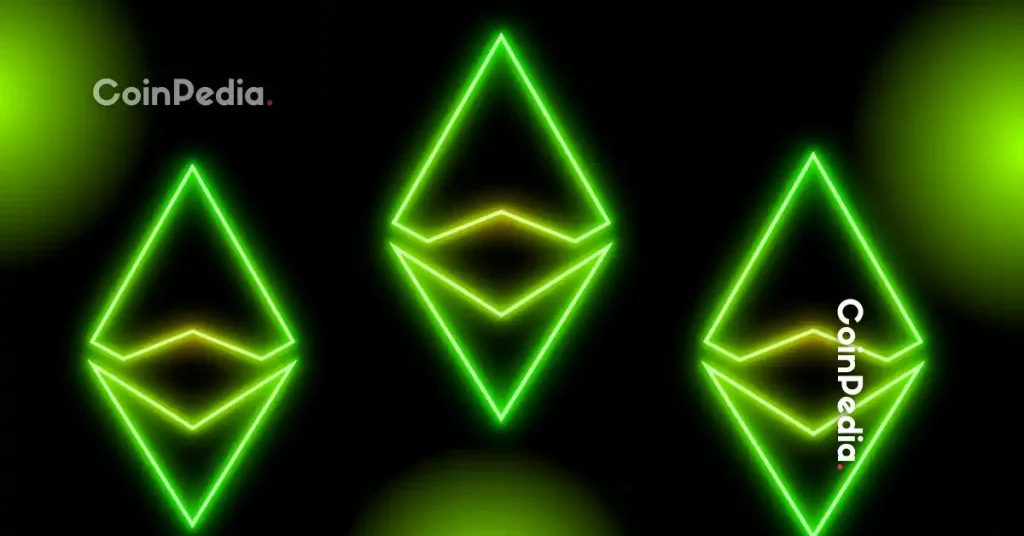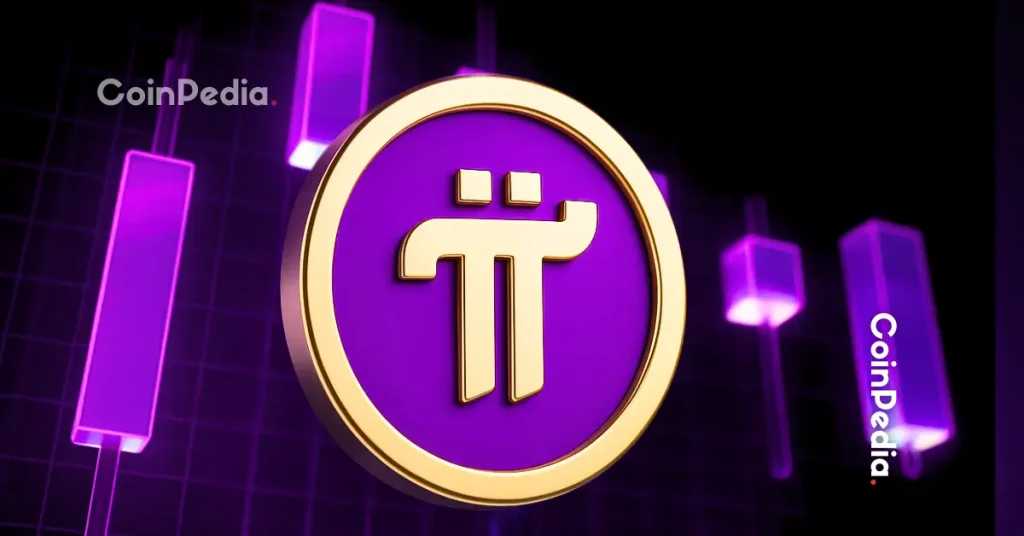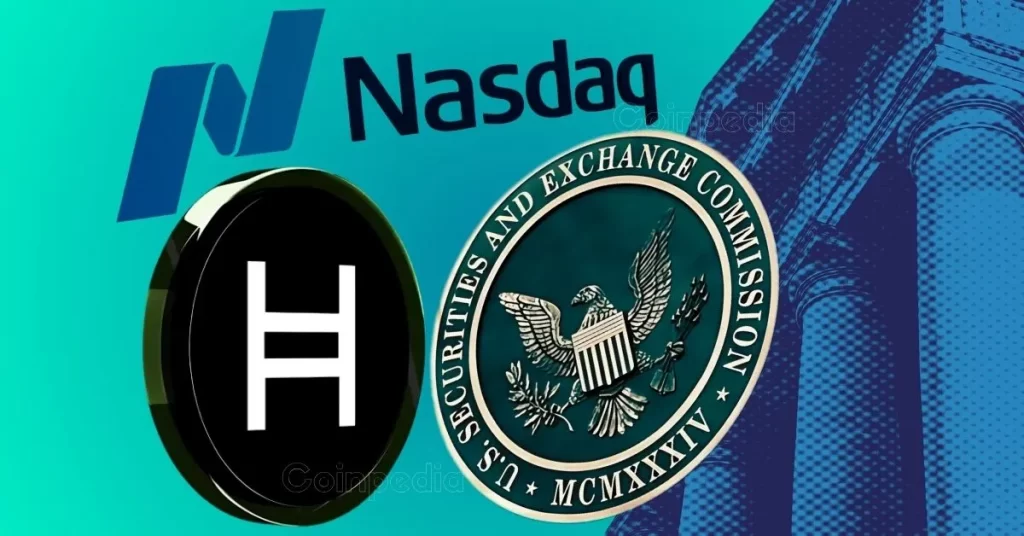XRP Outshines Bitcoin and Ethereum with Record Q3 Surge and $170B Market Cap

The post XRP Outshines Bitcoin and Ethereum with Record Q3 Surge and $170B Market Cap appeared first on Coinpedia Fintech News
The crypto market is turning its attention to XRP, which continues to outperform major players, including Bitcoin, Ethereum, and Solana. While most cryptocurrencies recorded moderate growth in Q3 2025, XRP’s market capitalization and price surged significantly, reflecting renewed investor confidence and expanding real-world adoption.
XRP Dominates Q3 2025 with $170B Market Cap
According to a recent Messari report, XRP outpaced Bitcoin, Ethereum, and Solana combined in market cap growth, a clear sign that investor sentiment toward the token is strengthening. XRP’s performance in the third quarter sparked optimism across the broader market.
After months of quiet trading, XRP closed Q3 at $2.85, marking a 27% quarter-over-quarter increase, its strongest quarterly close ever. Its market cap rose 29% to $170.3 billion, surpassing the combined 13.3% growth of Bitcoin, Ethereum, and Solana. This remarkable performance signals a shift in market sentiment, as investors increasingly view XRP as a leading force in cross-border finance and tokenized assets.
The XRP Ledger (XRPL) also reported strong network activity. Average daily transactions rose 9% to 1.8 million, while new wallet addresses increased 46% to over 447,000, highlighting growing user adoption.
What’s Driving XRP’s Growth?
XRP’s latest rally isn’t just about price appreciation; it’s being driven by real-world adoption and ecosystem expansion. Messari’s report revealed that several corporate players have started adding XRP to their treasury reserves.
Companies such as Trident Digital, Webus, Wellgistics, and VivoPower, which invested $100 million in XRP, are among the early adopters. Ripple-backed Evernorth also made headlines after acquiring 388 million XRP, worth over $1 billion, making it one of the largest corporate holders of the token.
The rise of the Digital Asset Treasury (DAT) trend has further enhanced XRP’s visibility among institutional investors looking for efficient, stable, and blockchain-based financial solutions.
Expanding Ecosystem: Stablecoins and Real-World Assets (RWAs)
Ripple’s RLUSD stablecoin continues to gain traction, closing Q3 with a market cap of $88.8 million, up 34.7% from the previous quarter. Combined RLUSD supply across Ethereum and XRPL reached nearly $903 million by late October, showing strong momentum in multi-chain adoption.
Meanwhile, the Real-World Asset (RWA) sector on XRPL saw explosive growth, jumping 215% to $364.2 million. Projects like OpenEden US Treasury Bill Vault, Montis Group Limited, and Ondo Short-Term Bond Fund are leading this expansion, driving greater institutional participation in tokenized finance.
What’s Next for XRP?
With sustained ecosystem growth, corporate backing, and increasing adoption of stablecoins and RWAs, XRP is positioning itself as a key player in the evolving global financial landscape. The launch of innovative products like Gemini’s XRP credit card and Flare’s FXRP DeFi integration further boosts its real-world utility.
If this momentum continues, XRP could move well beyond its reputation as a payment-focused token, evolving into one of the most widely adopted digital assets, effectively bridging the gap between traditional finance and blockchain technology.
Never Miss a Beat in the Crypto World!
Stay ahead with breaking news, expert analysis, and real-time updates on the latest trends in Bitcoin, altcoins, DeFi, NFTs, and more.
FAQs
XRP is rising faster due to strong corporate adoption, increased real-world use, and growing interest in tokenized finance and stablecoins.
XRP’s market cap surged from rising institutional investments, growing network activity, and expansion into real-world asset tokenization.
Major firms are adding XRP to reserves for faster, low-cost cross-border payments and to diversify into blockchain-based financial assets.
With new products, stablecoin expansion, and DeFi growth, XRP aims to evolve from a payment token into a key bridge for global finance.


